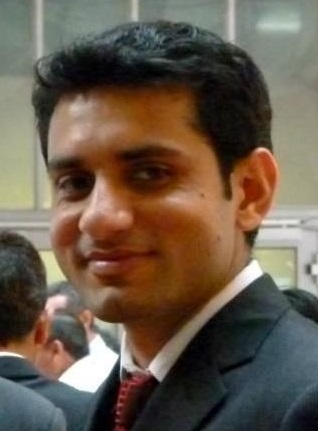Electrical Engineering
Lighting the way to the underwater Internet of things
An optical system for monitoring underwater sensor positions could enable large networks of devices to be deployed for ocean measurements.
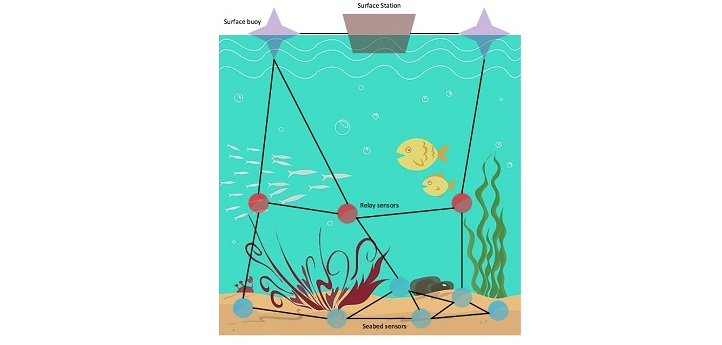
A KAUST team is making great strides with an optical system for monitoring underwater sensor locations.
© 2019 KAUST
Working under the ocean is very difficult, even for automated machines, but a KAUST team is making great strides with an optical system for monitoring sensor locations.
Extensive networks of underwater sensors—some attached to the seabed, some suspended in the water and some on floating surface buoys—are proposed by Nasir Saeed, working with Professors Tareq Al-Naffouri and Mohamed-Slim Alouini from the Department of Electrical Engineering.
In their latest work, the team tackles the sensor localization problem—monitoring the positions of sensors in an ever-changing 3D ocean environment, where surface tools, such as a global positioning system (GPS), do not work.
The team has ambitious plans to develop underwater wireless sensor networks to assist with biological sampling, offshore exploration and disaster management. But building such networks is hugely difficult, with one of the biggest challenges being to simply keep track of where the sensors are.
The team investigated how sensors could measure their relative positions by sending optical light signals to one another. Optical signals can provide accurate distance measurements but have limited transmission ranges due to effects of the water.
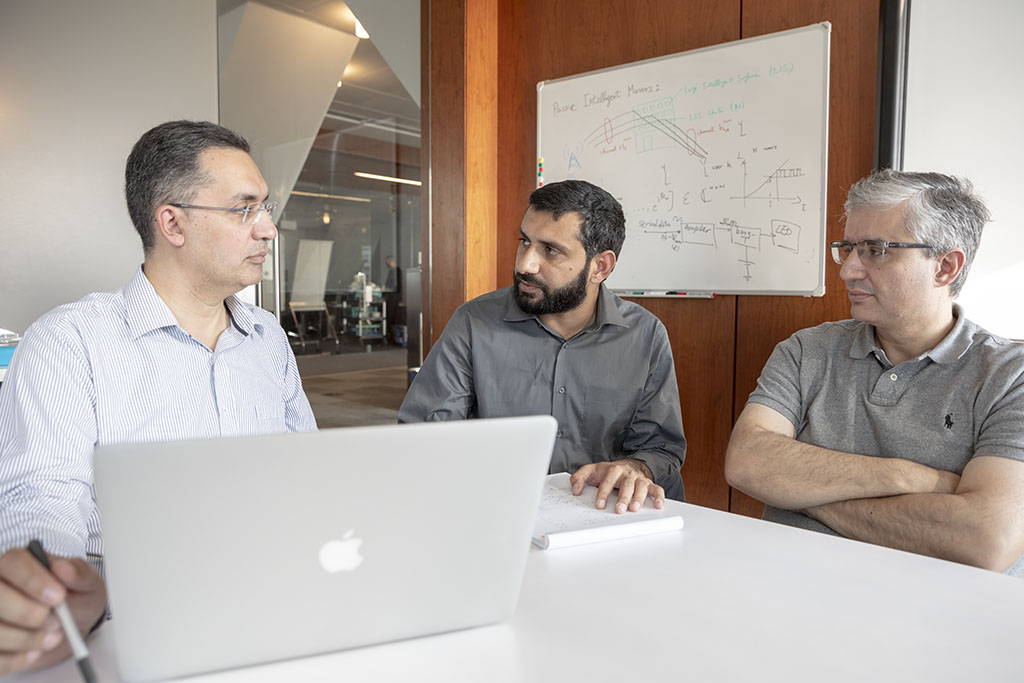
Tareq Al-Naffouri, Nasir Saeed and Mohamed-Slim Alouini (l-r) discuss how their system helps move toward the Internet of underwater things.
© 2018 KAUST
“Underwater optical channel impairments, such as absorption, scattering, turbulence and air bubbles, can cause large-range measurement errors, known as outliers,” Saeed explains. “For example, we know that the range of optical waves is tens of meters, but if the received power is very low due to signal impairments, then the sensor may estimate an unrealistic distance of hundreds of meters.”
In their previous work, published by KAUST Discovery in March 2018, the researchers did not address outliers and restricted their network to a simplified 2D situation. Their latest paper tackles the more realistic 3D water environment and describes methods of quickly identifying and fixing outliers, improving the overall accuracy of sensor localization.
“The second part of our work considers the optimization of anchor positions to improve the localization accuracy,” says Saeed. “For 3D localization, the anchors should not be in the same plane and their heights (depths) need to be adjusted to get better estimates of their positions.”
The researchers constructed a mathematical matrix containing information on the starting positions of buoys. They then applied an iterative optimization procedure until they found the best possible positions to minimize outliers.
The researchers plan a practical deployment of a real underwater sensor array and will develop hybrid communication architectures to transfer signals between the underwater environment and the air.
“We could even learn to localize a swarm of underwater autonomous vehicles operating with optical and acoustic waves,” says Al-Naffouri.
“This is another step toward deploying the Internet of underwater things,” says Alouini.
References
- Saeed, N., Al-Naffouri, T. Y. & Alouini, M.-S. Outlier detection and optimal anchor placement for 3D underwater optical wireless sensor networks localization. IEEE Transactions on Communications 67, 611-622 (2018).| article
You might also like
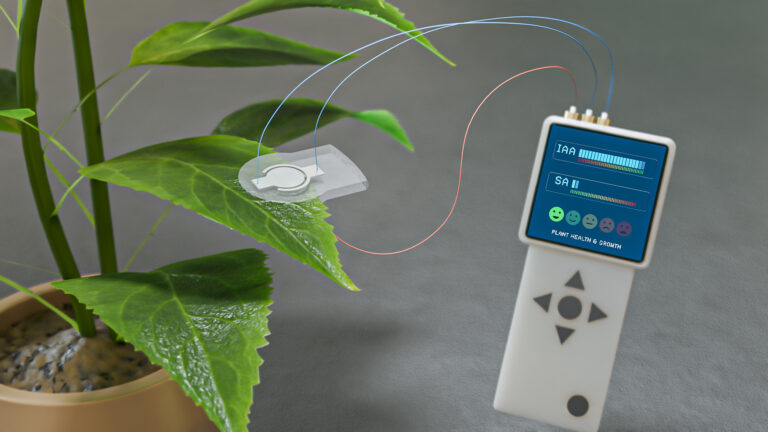
Bioengineering
Sensing stress to keep plants safe

Computer Science
Sweat-sniffing sensor could make workouts smarter

Electrical Engineering
New tech detects dehydration by touching a screen
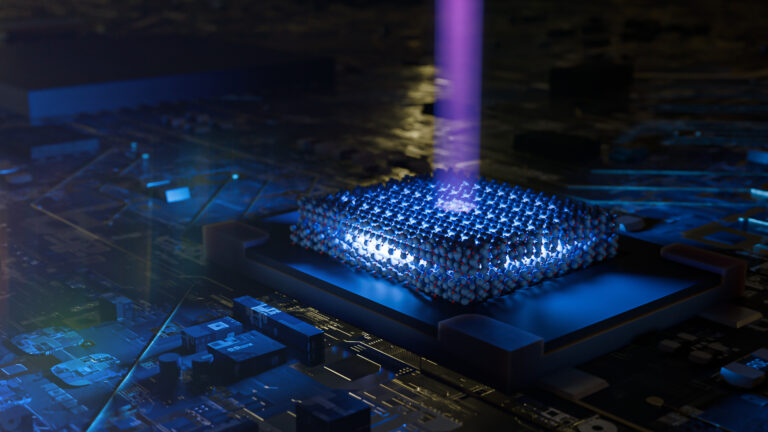
Electrical Engineering
A new interface for efficient electronics
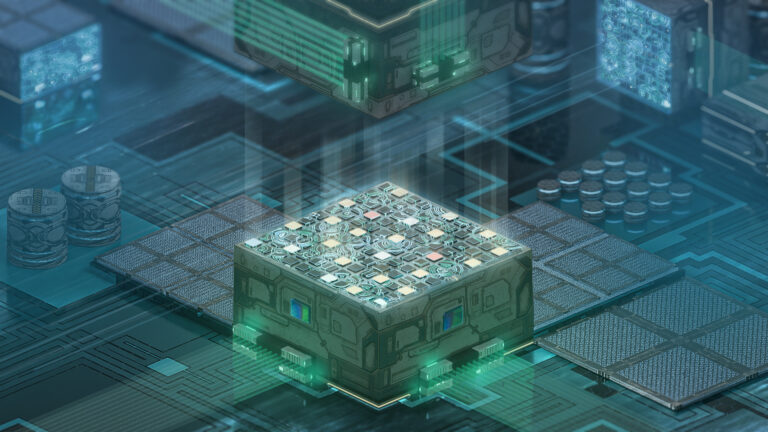
Electrical Engineering
Artificial neurons enable neuromorphic computing with light
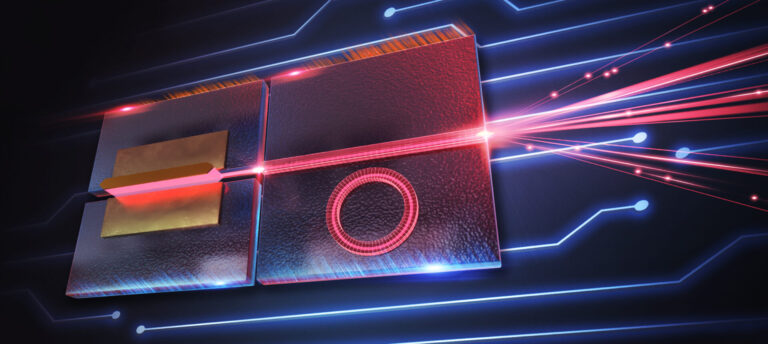
Electrical Engineering
Narrow-linewidth lasers bring low-noise answer
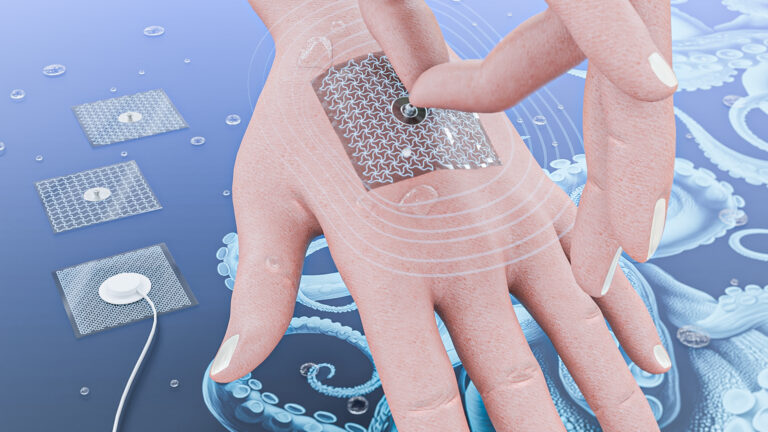
Electrical Engineering
Octopus suckers inspire sticky medical patch
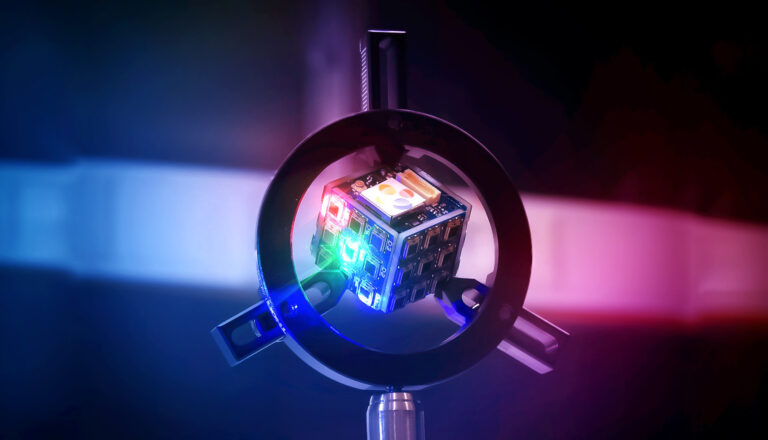
Electrical Engineering




